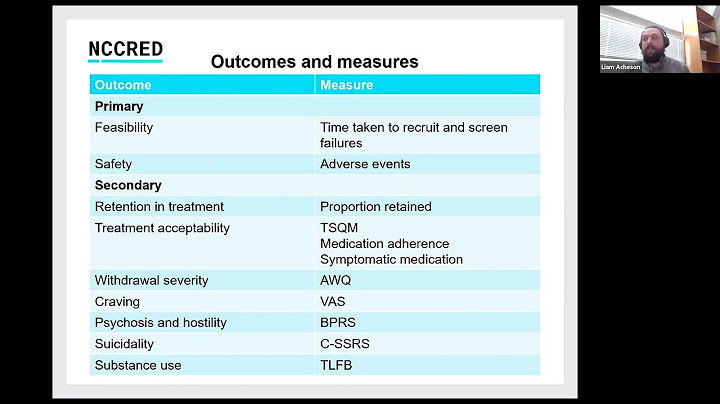 Show
1 Copyright © 2017 Pearson Education, Inc. Human Resource Management, 15e (Dessler) Chapter 18 Managing Human Resources in Small and Entrepreneurial Firms 1) Human resource management in small firms is unlike HR management in large firms for all of the following reasons EXCEPT ________. A) size B) industry C) priorities D) informality Answer: B Explanation: B) Managing human resources in small firms is different from HR management in large firms for four main reasons: size, priorities, informality, and the nature of the entrepreneur. Small and large firms exist within the same industry. Difficulty: Moderate Chapter: 18 Objective: 1 AACSB: Analytical Thinking Learning Outcome: 18.1 Explain why HRM is important to small businesses and how small business HRM is different from that in large businesses. 2) Approximately what percentage of people working in the U.S. are employed by small businesses? A) 10% B) 25% C) 50% D) 75% Answer: C Explanation: C) More than half the people working in the United States—about 68 million— work for small firms. Difficulty: Easy Chapter: 18 Objective: 1 AACSB: Analytical Thinking Learning Outcome: 18.1 Explain why HRM is important to small businesses and how small business HRM is different from that in large businesses. Which of the following agencies offers small businesses the use of FirstStep employment law advisor?The U.S. Department of Labor's "FirstStep Employment Law Advisor" helps small employers determine which laws apply to their business. A linked DOL site provides information on the Fair Labor Standards Act (FLSA).
Which of the following employee tasks does a professional employer organization normally handle?PEOs manage payroll, benefits, and other HR responsibilities for the employees of a client company. Typically, a PEO has a staff with extensive experience in HR, legal, tax, client services, and accounting.
Which of the following is one of the difficulties faced by small business owners?Recruitment, Retention of Employees, and Labor Quality. Challenges in labor quality, including employee recruitment and retention were cited by 55% of small business owners, making it the largest challenge. For the first time ever, lack of capital was pushed from its top spot as the number one small business challenge.
Which of the following employer tasks does a professional employer organization normally handle quizlet?Which of the following employer tasks does a Professional Employer Organization normally handle? A Professional Employer Organization typically handles administration functions.
|

zusammenhängende Posts
Werbung
NEUESTEN NACHRICHTEN
Werbung
Populer
Werbung

Urheberrechte © © 2024 ketiadaan Inc.


















